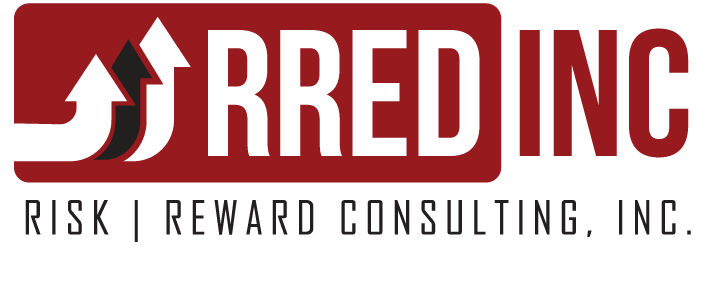
According to trucking company CEOs in the Midwest, for the first time in several years they have a pipeline of qualified, approved drivers ready to go to work for their company…but they don’t have any work for them.
One CEO of a multi-state regional intermodal carrier said this week, “I have 220 drivers working, mostly every day, all day but I also have 15 new drivers that safety has approved, but we can’t put them to work yet”.
He continued, “Freight is slow and has been since right after the July 4 holiday. It’s like somebody threw a switch and turned off freight”.
This motor carrier has 3 recruiters and he has told them to slow down. Without freight for the current drivers, they can’t use more. He may have to lay off the recruiters.
The VP of operations of a Chicago suburban local LTL carrier told the author, “We recently turned over 10 aging tractors and straight trucks in favor of new long-term leased equipment.” He said “I have two new tractors that have been sitting every day for 4 months. They have no miles on them because initially we did not have a driver for either of them and now we don’t have enough freight to keep everyone else busy every day.”
What is going on? The pendulum has swung from not enough drivers to not enough freight – this unexpected turn is a very dangerous position for these carriers to be in.
But what is the real problem that these company executives should be worried about? Why are these drivers all of a sudden becoming available– is it because there is not enough freight where they presently work?
Probably so, but have you considered these questions?
First, how will you keep them interested until you need them?
Second, where else are they already “hired” pending the call to report for work? What if when you need them they have already accepted positions elsewhere. Your pipeline of new driver prospects may quickly become empty.
Third, and possibly most important, how many of YOUR drivers also have become nervous and made themselves available for work elsewhere?
When freight volume begins to pick up, which it will, and you want to start adding those new drivers you may find yourself without that bench strength and also see that some of your existing drivers are also no longer available for work with your company.
The ATA predicts freight volumes will increase by almost 29% over the next 11 years.
S. Freight Transportation Forecast to 2026– from ATA and IHS Global Insight
Quite a turnaround and a very interesting set of unexpected consequences. So the euphoria you feel now that you believe that the capacity crisis is over may be short lived. It’s time for a reality check. The revolving door of drivers is on temporary hiatus and could quickly become a disaster. Your growth strategy could crater quite quickly.
While consulting with many motor carriers on recruiting and retention strategies, I have offered a different kind of approach to building their driver force while reducing attrition. Clearly there is no shortage of strategies that carriers are using to attract and keep drivers. Also, there is no shortage of money being thrown at the problem. There are offers of bonuses, loyalty programs, more home time, new trucks and higher mileage rates, yet the shortage and turnover problems continue. Why?
In my new book How to Find and Keep Drivers and Independent Contractors (available now as an eBook and on Amazon Kindle, September 1, 2015), I offer a solution that depends on motor carriers creating an “Attractor Factor” culture that will draw drivers to their companies like Google and other companies do to attract wannabe employees from all over.
The ATTRACTOR FACTOR strategy depends on three principles:
- Changing the company culture in ways not currently being used by more than 98% of motor carriers
- Having a set of “tools” that will change the way you market, recruit, screen, qualify, hire train and retain new drivers as well as existing drivers
- Changing the game. Become a company of “next practices” thinking and innovation beyond the best practices of your competitors. Show your customers and your drivers why they should hire YOU (Your Company)
This powerful set of strategies, action plans and execution steps that I call “Next Practices” in driver retention and recruiting can be relatively easy to implement though it takes commitment, time and everyone in your company buying into a new program and way of thinking.
Sound familiar? Nice words and yet the same old stuff that you have been hearing for a long time? Check it out and see how the possible is possible. Working with many motor carriers at the same time allows me to see lots of different strategies and gives me the ability to develop these next practices out of the different approaches of dozens of carriers. This is the best of the best.
For more information and a free sample Recruiting/Retention tool, contact me atnorris@rredinc.com or LinkedIn at http://www.linkedin.com/in.norrisberen
Norris Beren, CEO of Risk Reduction Education located in Mt Prospect, Illinois provides executive advisory services to transportation and logistics CEOs and their executive teams to get out of “stuck” and become a top performing company. He uses a “different lens” analysis of legacy thinking including advanced strategies on retention and recruiting.










